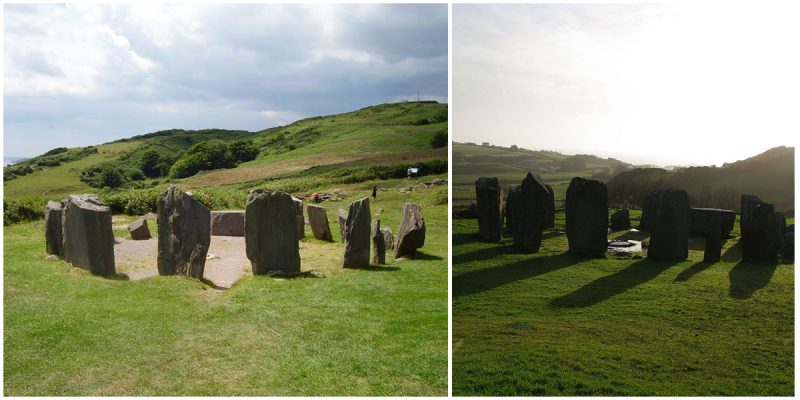Stone circles are monuments that have been constructed all around the world throughout history for many different reasons. One of these many remarkable circles can be found located east of Glandore in County Cork, Ireland: the Drombeg stone circle.
Locally, this circle is known as the Druid’s Altar and is one of the most visited megalithic sites in Ireland. It is set at the edge of a rocky slope, in an amazing greenbelt by the sea.
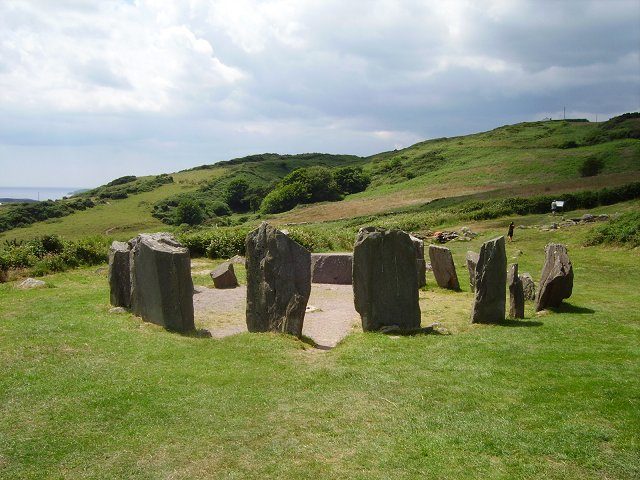
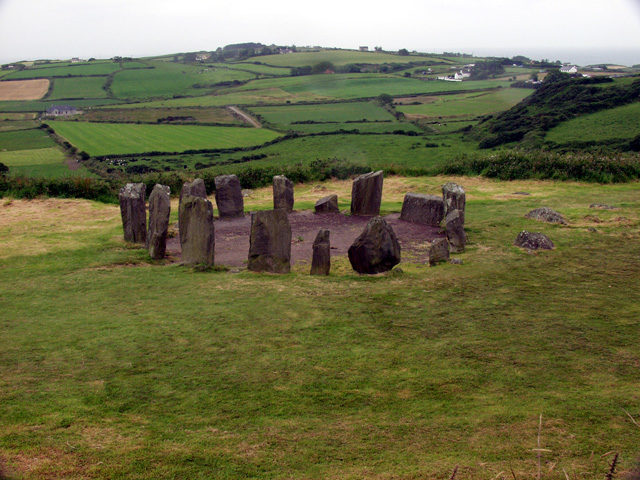
Translated, “Drombeg” means “the small ridge.” Originally there were 17 massive stones, each 2 meters high in the circle, but only 13 remain today. The stones are closely spaced, and the whole circle is 9.5m in diameter. It is classified as a Recumbent stone circle because of the one long horizontal stone on the west side of the circle.
These kinds of circles are common in the counties of Cork and Kerry in the southwest of Ireland. There are two tall stones at the side of the horizontal stone known as ‘portals’ because they form the entrance into the circle. According to Stone Pages, the midpoint of this stone was set in line with the winter solstice sunset, viewed in a conspicuous notch on the distant hills.
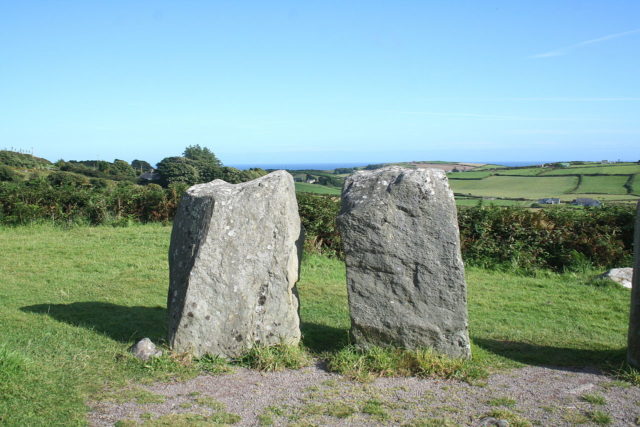
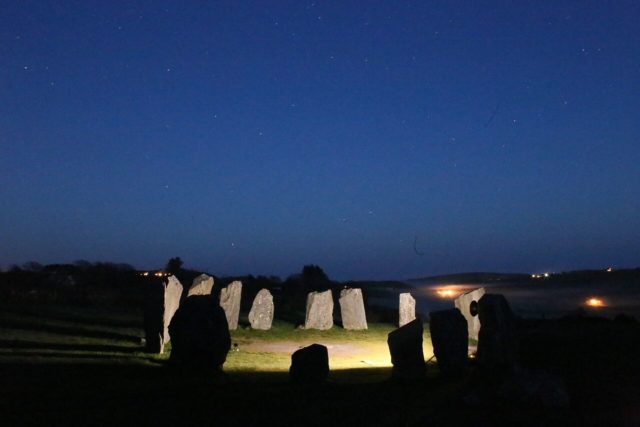
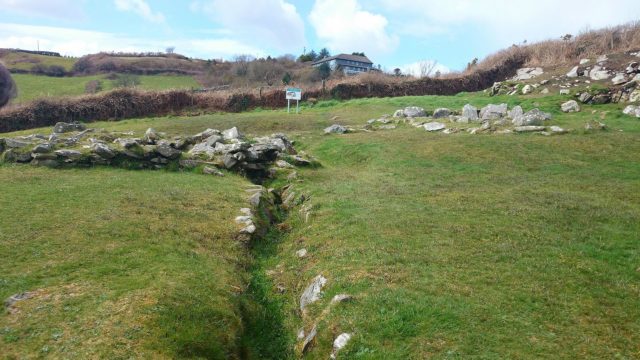
The site was excavated in 1957, and during the process, an inverted pot was found buried near the center of the circle containing bits of cremated human bones, along with other smashed shards. In 1959, just 40m west of the monuments, there are ruins of two prehistoric stone huts joined by a common doorway and a burnt mound.
The burnt mound is a type of archaeological site mostly found in Ireland, and in Irish it is called the fulacht fladh. Some historians suggest that the burnt mound was in use up until the 5th century AD. The fulacht fladh were usually found close to water sources.
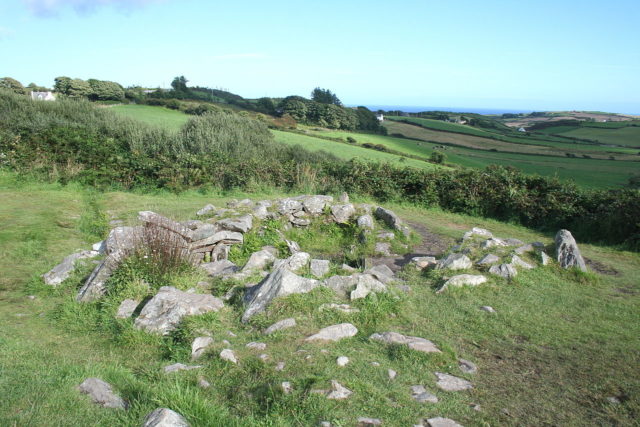
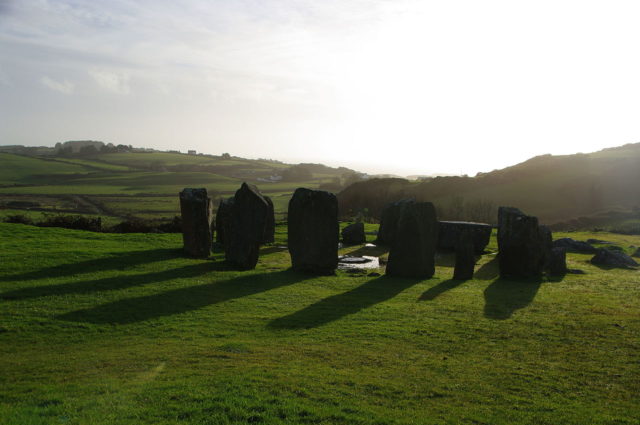
The one close to the stone circle was found in the smaller stone hut, and it was used as a cooking place capable of bringing 70 gallons of water to a boiling temperature in just 18 minutes. This prehistoric kitchen had a flagged trough in which water was boiled by dropping red-hot stones into it.
It is also possible that this cooking site was used by hunters who used the huts as seasonal shelters. Today, the Drombeg stone circle remains a mystical ceremonial place and is managed and protected under the National Monuments Acts.
